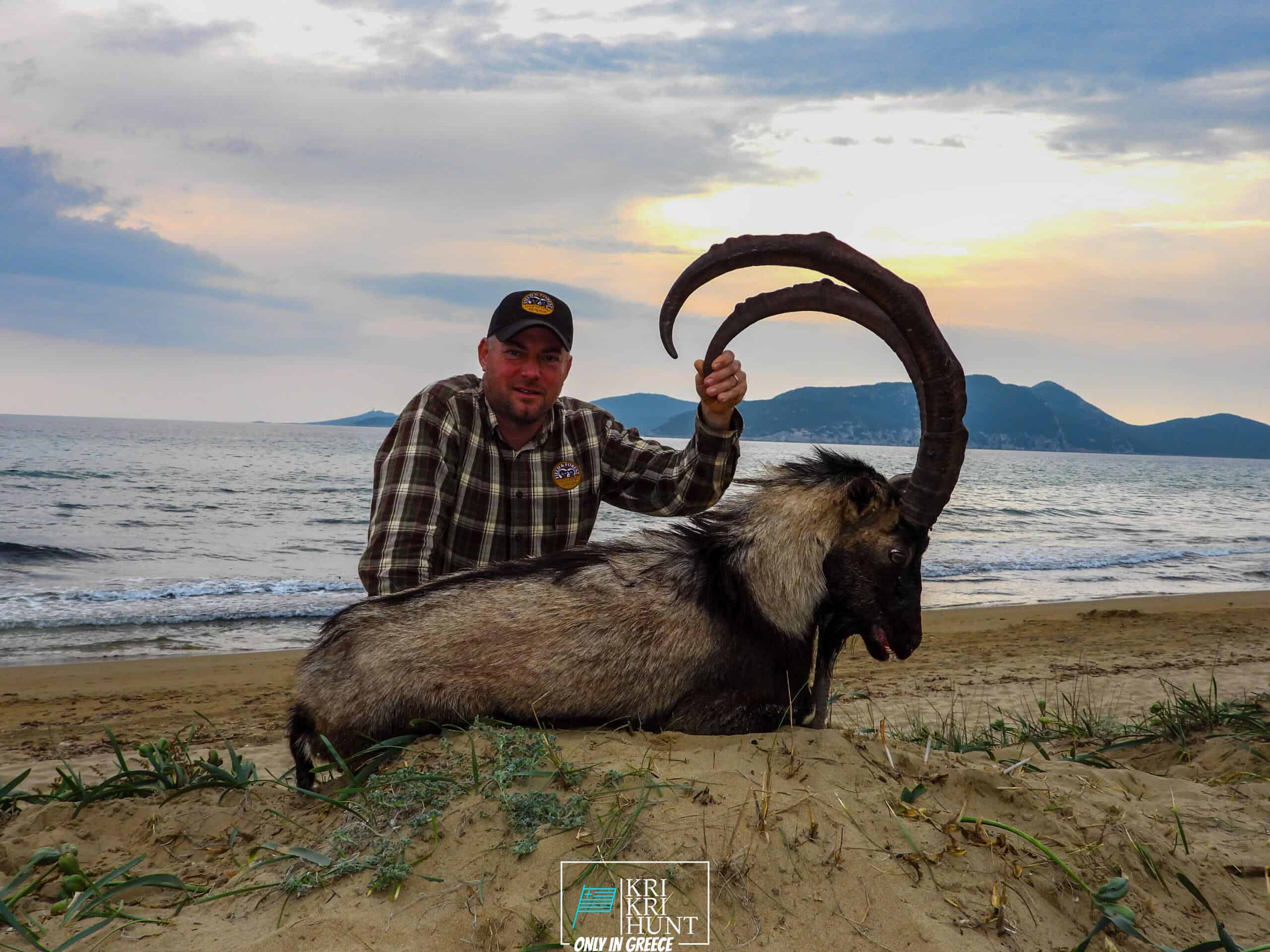Free diving, hunting and fishing on Sapientza island in Greece
Free diving, hunting and fishing on Sapientza island in Greece
Blog Article

Hunting for Kri Kri ibex in Greece is an extraordinary vacation and an exciting hunting expedition all rolled into one. For a lot of seekers, ibex searching is a difficult endeavor with miserable conditions, but not in this situation! Throughout 5 days of exploring old Greece, diving to shipwrecks, and also spearing, you'll come across attractive Kri Kri ibex on an exotic island. What else could you want?

Searching kri kri ibex in Greece is a challenging task, as well as hunting in general. It is challenging for non-Greek seekers to search big game in Greece. The kri kri ibex is the only option for local hunters besides wild boars and roe deer, which may just be pursued in thoroughly secured special searching locations such as certain islands. Two separate islands regarding 150 kilometers/ Atalanty/ and also 300 kilometers/ Sapientza/ from Athens offer the possibility to hunt this splendid animal. There, searching this animal is banned from early morning till twelve noon, according to Greek legislation. Just shotguns are allowed, as well as slugs are the only ammo allowed. You should schedule a year ahead of time for searching licenses. This makes certain that significant hunters only are allowed on these journeys. Just the Greek Ministry of Nature as well as Agriculture concerns the licenses, and also the government issues a particular number of them every year.
Our outdoor searching, fishing, and cost-free diving tours are the ideal method to see whatever that Peloponnese has to supply. These scenic tours are designed for vacationers who wish to leave the beaten path and really experience all that this unbelievable region has to offer. You'll get to go hunting in several of the most stunning wilderness areas in Greece, fish in crystal-clear waters for a range of various types, and free dive in some of the most stunning coastline in the Mediterranean. And also best of all, our knowledgeable overviews will be there with you every action of the means to see to it that you have a satisfying and also safe experience.
If you're seeking an authentic Greek experience, then look no further than our outdoor searching in Greece with angling, as well as complimentary diving excursions of Peloponnese. This is an unforgettable way to see everything that this amazing region has to provide. Book your scenic tour today!
What is the diference between Kri Kri ibex, Bezoar ibex and hybrid ibex
The kri-kri is not thought to be indigenous to Crete, most likely having been imported to the island during the time of the Minoan civilization. Nevertheless, it is found nowhere else and is therefore endemic to Crete. It was common throughout the Aegean but the peaks of the 8,000 ft (2,400 m) White Mountains of Western Crete are their last strongholds–particularly a series of almost vertical 3,000 ft (900 m) cliffs called ‘the Untrodden’—at the head of the Samaria Gorge. This mountain range, which hosts another 14 endemic animal species, is protected as a UNESCO Biosphere Reserve. In total, their range extends to the White Mountains, the Samaria National Forest and the islets of Dia, Thodorou, and Agii Pandes.
This Ibex is NOT a diminutive form of the Bezoar Ibex, which has migrated into the western-most reach of the range of this species. The kri – kri (Capra aegagrus cretica), sometimes called the Cretan goat, Agrimi, or Cretan Ibex, is a feral goat inhabiting the Eastern Mediterranean, previously considered a subspecies of wild goat. The kri-kri has a light brownish coat with a darker band around its neck. It has two horns that sweep back from the head. In the wild they are shy and avoid tourists, resting during the day. The animal can leap some distance or climb seemingly sheer cliffs.
“The agrimi goat Capra aegagrus cretica is unique to Crete and its offshore islands. It has been identi®ed as a sub-species of the wild bezoar goat Capra aegagrus aegagrus Erxleben, 1777, which it closely resembles in horn shape, body form and coloration. This classi®cation has been disputed by some researchers who claim that the agrimi are feral goats, derived from early domestic stock brought to the island by the ®rst Neolithic settlers. In order to clarify this issue, DNA analyses (cytochrome b and D loop sequences) were carried out on tissue of live and skeletonized agrimi and compared to sequences of wild and domestic caprines. Results conclusively show the agrimi to be a feral animal, that clades with domestic goats (Capra hircus) rather than with wild Asiatic bezoar. This study demonstrates that morphometric criteria do not necessarily re¯ect genetic af®nities, and that the taxonomic classi®cation of agrimi should be revised.”
Report this page